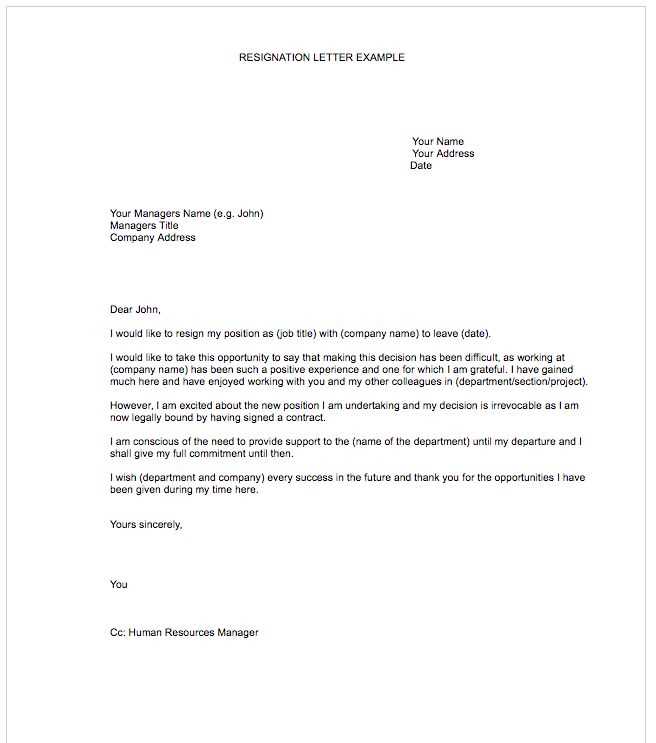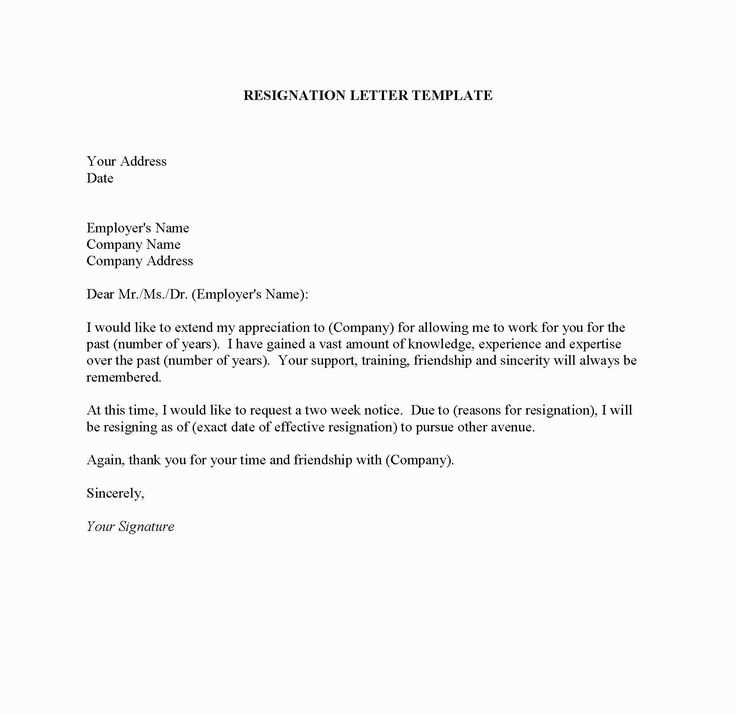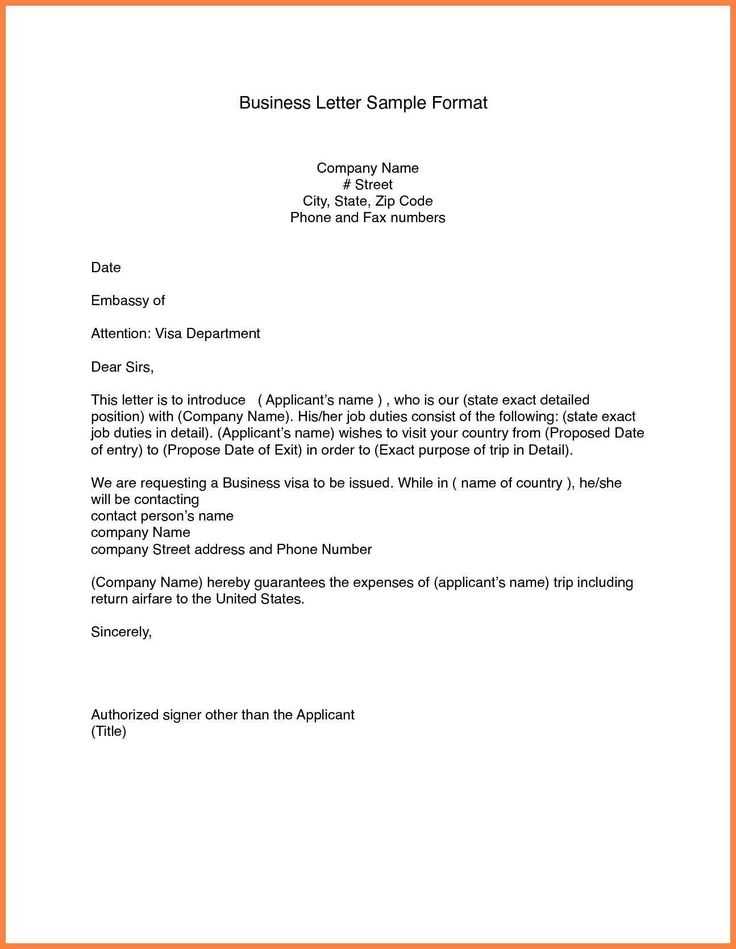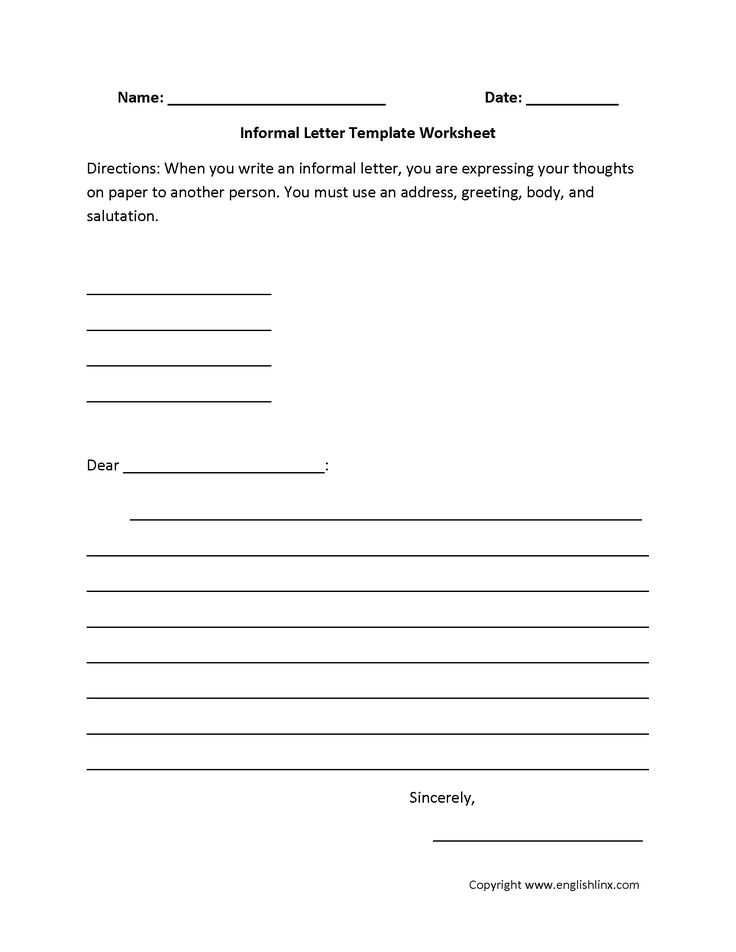Encroachment Letter Templates for Property Issues

When issues arise between property owners regarding boundaries or usage, clear and formal communication becomes crucial. Addressing these concerns in writing can help resolve conflicts amicably and prevent future misunderstandings. A well-crafted communication can clarify intentions and offer a path toward mutual agreement.
In this article, we explore the process of creating an effective written response in property-related disputes. Whether you are notifying a neighbor or addressing a potential violation, a professional and structured approach can make all the difference. Understanding the essential components and legal implications ensures that your message is both impactful and legally sound.
By following proper guidelines, you can ensure that your communication is clear, concise, and respectful, fostering a positive resolution to the situation at hand.
What is Property Encroachment

Property disputes often arise when boundaries are not clearly understood or respected, leading to conflicts between neighboring landowners. These issues may involve physical objects or structures that extend beyond one property’s limits onto another. When this happens, it can cause tension, potential legal challenges, and the need for resolution through proper channels.
Understanding the nature of these disputes is essential for any property owner. In many cases, these situations can be resolved through formal communication, which clearly defines the issue and outlines possible solutions. It’s crucial to address these matters promptly to avoid further complications or legal actions.
- Building a fence that crosses a property line.
- Trees or bushes extending onto neighboring land.
- Construction projects that infringe upon a neighboring lot.
- Improper use of shared spaces or rights-of-way.
By recognizing and addressing such issues early, property owners can work towards maintaining good relationships and resolving disputes without unnecessary conflict or legal escalation.
Components to Include in a Document
When addressing issues related to property boundaries or rights, it’s essential to include specific elements in any written communication. These components ensure clarity, convey the purpose of the message effectively, and provide the necessary details to avoid misunderstandings. A well-structured document includes specific sections that guide the reader through the subject matter, confirming all important points are covered.
| Section | Description |
|---|---|
| Introduction | Start with a clear statement of the issue or reason for the communication. It should outline the context without going into unnecessary detail. |
| Details of the Situation | Provide a concise yet comprehensive explanation of the problem. Include relevant dates, locations, and any involved parties for reference. |
| Request or Action | Clearly state what is being requested from the recipient, whether it’s a resolution, clarification, or further action on their part. |
| Contact Information | Ensure all necessary contact details are provided so the recipient can respond or get in touch with questions or concerns. |
| Closing Statement | Conclude the document with a polite closing, summarizing the request and expressing hope for a resolution. |
Step-by-Step Guide to Drafting a Document

Creating a formal written communication involves a structured approach to ensure all necessary information is conveyed clearly. Each stage of the process is important, from understanding the issue at hand to presenting the request in a professional manner. Following a methodical sequence helps in addressing the matter effectively while maintaining the appropriate tone and clarity throughout the message.
1. Identify the Purpose
Begin by determining the exact objective of your communication. Define the issue you wish to address, making sure the focus is clear and direct.
2. Gather Relevant Information
Collect all necessary facts, such as dates, descriptions, and any involved parties. This ensures that your message is well-supported and credible.
3. Structure the Message
Organize your content logically, starting with an introduction to the situation, followed by detailed explanations, and finally, stating the required action or resolution.
4. Use Polite and Professional Language
Always maintain a respectful and courteous tone. The way you express your points can influence the recipient’s response and attitude towards the matter.
5. Review and Revise
Once the message is drafted, review it for clarity and accuracy. Ensure all critical points are addressed and that there is no ambiguity in your request. Revising helps eliminate errors and improves the overall quality of the document.
6. Close with a Clear Request
End with a clear and concise statement of what you expect the recipient to do. This makes it easy for them to understand what is required and what steps should follow.
7. Proofread Before Sending
Finally, proofreading ensures that your communication is free of grammatical errors and flows smoothly. A polished document reflects professionalism.
Legal Rights and Responsibilities in Boundary Disputes
When property boundaries are challenged, it’s crucial to understand both the legal rights and responsibilities involved. Different parties may have conflicting interests, and the law provides frameworks for resolving these disputes. Knowing what one is entitled to and what obligations exist can help in navigating these situations fairly and effectively.
Rights of Property Owners
- Ownership of Land: Property owners have the right to control and use their land within the boundaries of their ownership.
- Access to Legal Remedies: If a dispute arises, owners can seek legal recourse through various means, including court orders or mediation.
- Protection from Unlawful Use: Owners have the right to protect their property from unauthorized use or interference by others.
Responsibilities of Property Owners

- Maintaining Boundaries: Property owners are responsible for ensuring their land remains properly maintained and clearly marked.
- Respecting Neighboring Property: Owners must avoid actions that could infringe on neighboring properties or violate local zoning laws.
- Providing Fair Resolution: When disputes arise, property owners have the duty to engage in fair discussions and resolve conflicts without unnecessary escalation.
How to Handle a Response to Property Disputes
When you receive a reply regarding a property issue, it’s important to approach it with a level-headed and strategic mindset. Whether the response is agreeing, disagreeing, or suggesting an alternative solution, handling it thoughtfully can help in resolving the situation amicably or pursuing further steps if needed.
1. Review the Response Carefully
Start by thoroughly reading the response to understand the other party’s stance. Ensure you identify key points, such as any proposed solutions, objections, or requests for further discussion.
2. Assess the Legal Implications
Consider the legal aspects of the response. Does it comply with your property rights? Is there a violation of laws or regulations? Consult legal advice if needed to ensure your position is well-understood.
3. Respond Professionally
Whether you agree or disagree with the response, it’s vital to maintain a respectful and professional tone in your reply. Clearly state your position, referencing any evidence or facts that support your perspective.
4. Seek Mediation if Necessary
If the response leads to further disagreement, consider suggesting mediation or arbitration as a way to resolve the matter without escalating it to legal action.
5. Document All Communication
Keep records of all correspondence. This documentation may be necessary if the dispute moves to a legal or formal setting. Ensure that you note the dates, content, and responses for future reference.